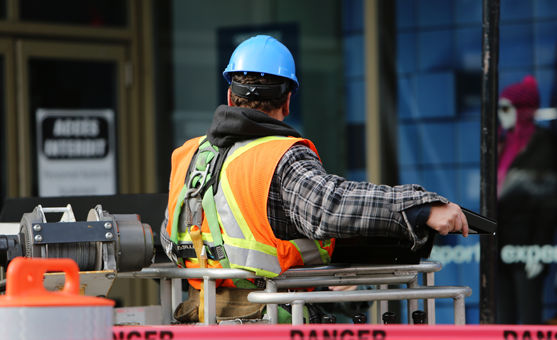Reconstruction costs are expected to maintain their upward trend in 2022.
Opta Information Intelligence recently released its quarterly update on reconstruction costs for homes and businesses. The cost data are based on a survey of 300 contractors in 86 cities across Canada.
The report analyzes reconstruction costs in the last quarter of 2021. It shows that costs increased by 5.6 per cent in 2021 compared with 2020. Lumber prices fell by 20 percent in the second half of 2021, but are still 30 percent higher than a year earlier. Opta predicts that prices will decline in the first and second quarters of 2022.
The impact of November’s flood losses in British Columbia has yet to be assessed, but it is expected that labour availability and materials procurement may be affected in southern British Columbia. This province is the largest lumber producer in Canada. Opta says it will provide its findings on the impact of this disaster in the next quarterly report.
Quebec (6.6 per cent) and the Northwest Territories (6.2 per cent) saw the largest increases in reconstruction costs per square foot over the past year. Only in Manitoba and Nova Scotia did the increase fall below 5 per cent (4.9 per cent). In all other jurisdictions, the increase ranged from 5.2 per cent to 5.8 per cent.
Inflation and labour
Inflation has become a real driver of price volatility. The consumer price index for goods rose 4.4 percent in 2021 from the previous year. By comparison, the CPI for services was up 2.1 percent.
The growing shortage of skilled workers is a significant problem for most construction companies. Even so, the only wage increases noted are related to roofing and siding, for which costs climbed by 20 per cent in western Canada.
The pandemic and the fifth wave caused by the Omicron variant have led to persistent delays in reconstruction projects. These delays invariably cause payment delays. Many builders and their subcontractors experienced cash flow problems in 2021, limiting their ability to hire quality tradespeople in a competitive market, Opta finds.
Material costs also rose by 5 per cent in 2021, but by January 2022 there was a slight decrease compared with the prices posted in September 2021.
Before the pandemic, one in 50 homes had renovations underway, the information intelligence provider reports. Two years later, nearly one in 20 homes inspected has significant renovations underway, and include a Course of Construction supplement. In addition, there has been a significant increase in basement renovations being finished to a much higher level of quality.
Urban exodus
According to Statistics Canada population estimates, more and more city dwellers are fleeing large, expensive cities in search of more space in smaller urban centres, cottage towns and coastal regions, Opta continues.
Between mid-2020 and mid-2021, more than 70,600 people are estimated to have left Toronto, including 6,600 who left Ontario altogether. In Montreal, an estimated 43,600 residents exited the metropolitan area, 3,600 of whom moved out of province.
This phenomenon explains why real estate prices have risen faster in suburban and small town areas than in major urban centres. In Ontario, the average selling price increased by 25 per cent in 2021, but dipped by 4.4 per cent in the Greater Toronto Area.
In Quebec, the average selling price rose by 15.7 per cent in one year, but the increase was limited to 8.3 per cent in Montreal and 10.6 per cent in Quebec City. Halifax bucked this trend: The average selling price (+27.1 per cent) rose almost twice as fast as the average in the Atlantic region (16.6 per cent).
Opta predicts that its House Price Index will continue to rise in the spring and summer in most regions, and a correction will emerge in September 2022, if at all. Condominium prices in Toronto and Vancouver will follow a similar trend.
Impact of the pandemic
Opta recommends that portfolio managers carefully assess the impact of the pandemic on consumer lifestyles. Some individuals thrived during the pandemic or were unaffected, while others experienced unemployment or were forced to shift to home-based work.
In both cases, the effects on the demand for renovation and the quality of the work are significant. Among consumers hardest hit by the pandemic, lack of funds for property upkeep can create new risks, as can DIY repairs.
Commercial sector
Data on reconstruction costs in the commercial sector were collected for nine cities in Ontario and four in British Columbia. Fire is used as the standard cause of a total loss, and all material included is new.
The average building is 10,000 square feet, on an industrial block structure for office or retail use. The report looks at the average cost of reconstruction for the building envelope only. This includes architectural fees and permits, along with debris removal for structural elements only.
The main difference between locations is related to local labour costs. Final costs per square foot are highest in the Greater Toronto Area and Vancouver, where they exceed $120 per square foot.




